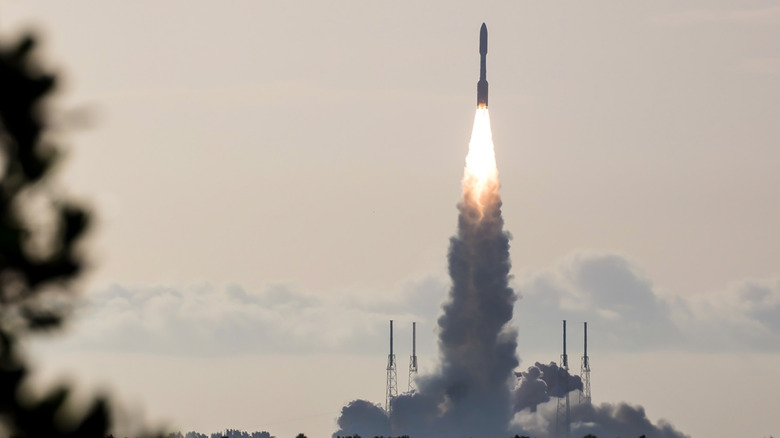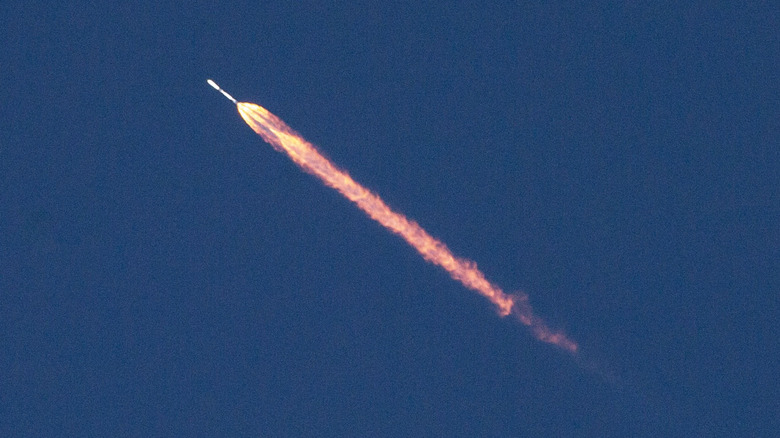Why Do Rockets Almost Always Launch To The East?
Since the dawn of space travel in 1961, rockets have carried humanity's dreams and ambitions into the void and beyond. Shaped by physics and geography, the launch paths of rockets typically follow one direction, despite the location or time they're blasting off. There's a good reason for this, and it all comes down to a logical use of natural forces.
Rockets launch eastward to take advantage of the planet's rotation. Since the Earth spins from west to east, launching in that direction gives rockets an extra push to break through the atmosphere. This added boost means that the rocket won't need as much fuel to reach orbit, thus making the launch not only more efficient, but cost-effective as well. This is why NASA often launches from the east coast in Florida, to give its rockets an even bigger advantage when heading into orbit.
Launching from the east coast also benefits the surrounding areas, in the event of a malfunction. If the worst happens and the rocket explodes, pieces of it will likely land in the ocean, decreasing the possibility that anyone on the ground will be injured.
The west coast is ideal for high inclination rocket launches
NASA not only launches rockets from the east coast of the United States, but also from the west coast as well. California's Vandenberg Space Force Base, located between San Francisco and Los Angeles, is the ideal place for high inclination launches. These launches are needed for rockets and other spacecraft heading north to south, also known as a polar orbit.
The high inclination launch path from the base goes southward over the ocean, making it safer for surrounding areas. If such a launch occurs on the east coast, the rocket would be moving over heavily populated areas, making it a much more dangerous situation if anything goes wrong. The Vandenberg base celebrated a milestone of 51 launches in 2024, including the SpaceX Falcon 9 rocket on April 11.
Vandenberg was originally intended to be the launching point for the space shuttle, which uses a flight path from west to east. But following the tragic explosion of the Challenger in 1986, the space shuttle program was pulled from the base and later launched from the east coast instead.

